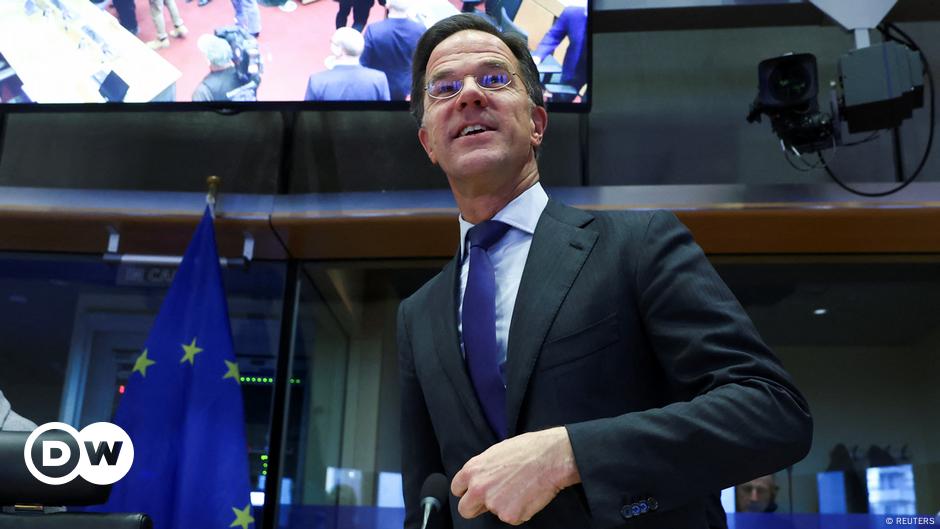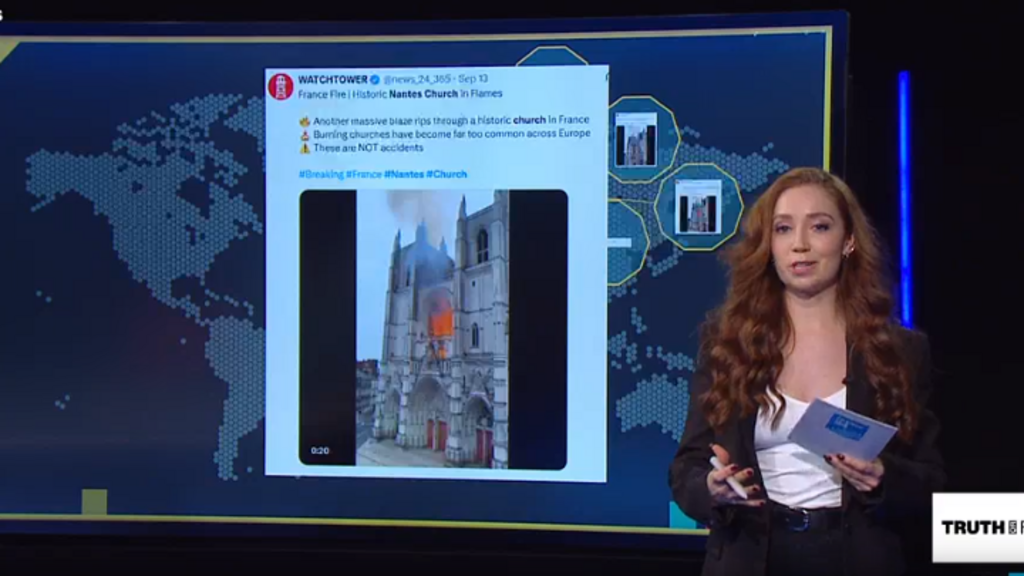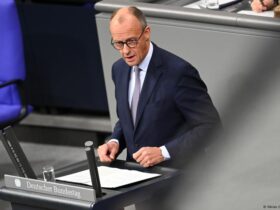For the boss of a military alliance dedicated to mutual security, NATO chief Mark Rutte did not seem concerned by a member’s recent threats to occupy allied territory.
On his first official visit to the European Parliament on Monday, Rutte was questioned by lawmakers on everything from ammunition standards to suspected Russian sabotage at sea. But it was the awkward situation within the alliance that really got lawmakers talking, given US President-elect Donald Trump’s recent overtures toward Greenland — and his refusal to use force to annex the Arctic island. after.
Facing many questions about the autonomous Danish territory, Rutte danced around the issue.
“new coming [US] Administration will start from next Monday. We’ve seen some press conferences, some things being said by some people in America, but I would say let’s move forward with this from next Monday,” he told lawmakers.
“Trump has been right many times,” Rutte said in later remarks. “We need to have a dialogue with them and I love the reaction of Danish Prime Minister Mette Frederiksen, who didn’t immediately respond to what she said about Greenland – but she brought it back to the issue at stake. Which is the Arctic,” he said.
Melting Arctic ice caused by climate change has been heating up global geopolitics in recent years, Rutte said, a broader issue the allies should discuss in more detail.
“This is not about who rules or controls Greenland. It is, of course, about making sure the Arctic remains safe. So, yes, Europe can count on the United States.,
choosing his battles
Trump’s recent comments about the fellow NATO ally’s sovereign territory are unlikely to satisfy those angry.
Swedish centre-left MEP Evin Inkyr criticized his statements as “unacceptable” that “play into the hands of Russia and China” and called on Rutte to “stand firmly in support of Denmark and Greenland at this time of rising geopolitical tensions.” Requested to stay.”
But researcher Bruno Lette, an expert on transatlantic relations, thinks the NATO chief is trying some carefully calculated diplomacy.
“Rutte needs to balance Trump’s critical stance toward NATO — think about the question of defense spending — against Trump’s comments regarding annexation of a NATO member state’s sovereign territory,” he told DW.
“To resolve this tension, Rutte may choose to leave the Greenland issue to Denmark rather than keep it at the coalition level. In short, Rutte is choosing carefully which battles to pick.”
Given Trump’s track record of raising heartstrings in Europe with overnight social media posts, this probably won’t be the last time Rutte has to paper over a difficult situation. And it looks like at least this time he is playing well.
Be prepared to defend by 2030 or face insecurity: Rutte
But NATO number one was very clear in his stern warnings on defense spending in Europe.
“We cannot wait. We are safe now. We are not safe in five years,” Rutte said on Monday. “We need to start today: spending more, increasing production, building resilience and supporting Ukraine,” he said. He praised Trump’s previous demands for NATO countries to increase their defense donations. Both the Barack Obama and Joe Biden administrations demanded the same from European allies.
Nearly two-thirds of the 32 members currently spend 2% or more of their GDP on defense – a target set by the alliance a decade ago. But Rutte warned that this is now insufficient.
“Frankly, 2% is not enough to be safe in the coming years. Partners will need to spend more than 2%,” he told lawmakers, though he took care not to define a new target.
Marie-Agnes Strack Zimmermann, a German centrist lawmaker who chairs the European Parliament’s security committee, expressed support for Rutte.
“We have to strengthen the European part of NATO, not just in three or four years,” he told DW. “Even if you are critical of NATO, it is an alliance based on reciprocity,” he said, noting that the US currently accounts for about 60% of all defense spending across the alliance.
Rutte asks focus on pensions, social budget to boost defense
But where to get the extra cash for more weapons is a puzzle that EU countries have not yet been able to solve. One idea that is being put forward is to raise money through joint borrowing – something that Rutte himself was staunchly opposed to in his time as Dutch Prime Minister, and an idea that is still frowned upon by more frugal EU member states. disturbs.
Rutte avoided debate on joint debt, instead suggesting countries dig into other budget areas to cover the shortfall.
“On average, European countries spend easily a quarter of their national income on pension, health and social security systems and we need only a small part of that money to make defense more robust,” he said.
But scenes outside the European Parliament in Brussels on Monday signaled how politically difficult this could prove for many national governments, with thousands of Belgian workers striking in protest against planned pension reforms.
Edited by: Matt Pearson






Leave a Reply